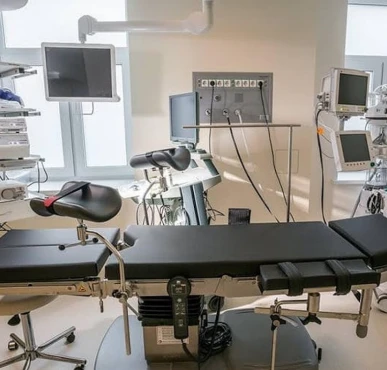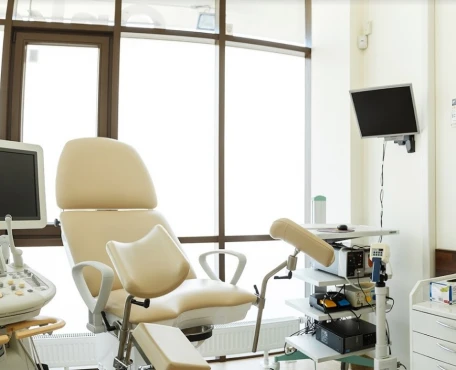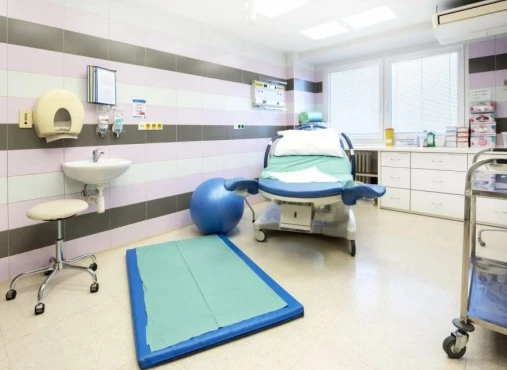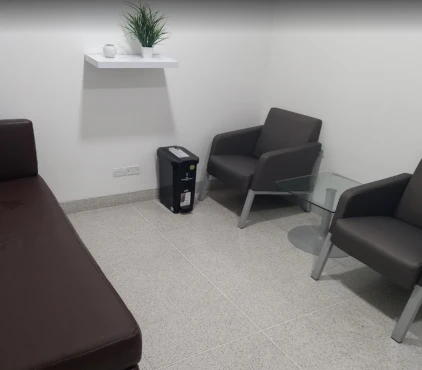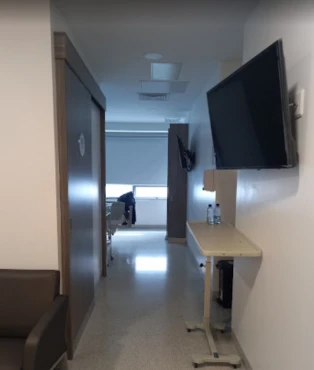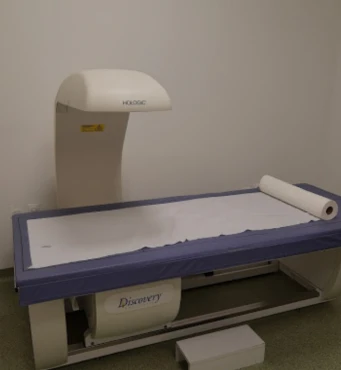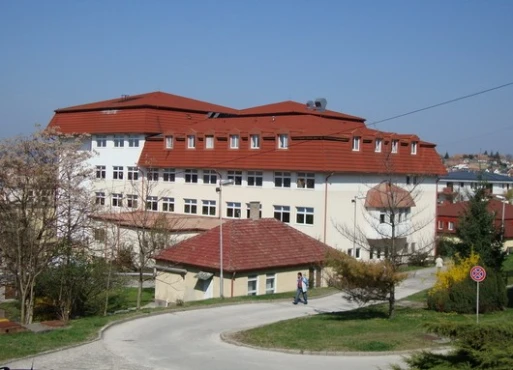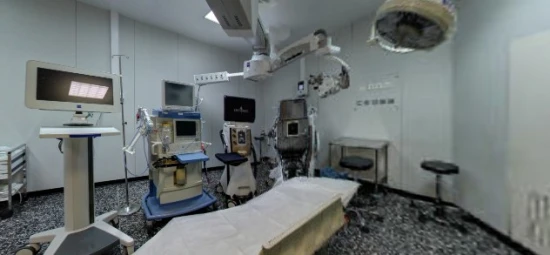Disease Types
What is the cervical intraepithelial neoplasia?
Cervical intraepithelial neoplasia (CIN) refers to the presence of abnormal cells on the surface of the cervix, which could potentially develop into cervical cancer. The cervix is the opening between the vagina and the uterus in women. "Intraepithelial" means that the abnormal cells are located on the surface of the cervix, and "neoplasia" refers to the growth of new cells. CIN is also known as cervical dysplasia.
It's important to note that most people with CIN do not develop cervical cancer. If cancer does form, it takes years to develop, allowing doctors time to identify and address the problem areas.
CIN is typically detected through routine cervical screening tests, such as the Pap smear [ESGO, 2023]. The condition is categorized into three grades based on the extent of abnormal cell growth:
- CIN 1: Mild dysplasia, where up to one-third of the cervical lining has abnormal cells. This grade often resolves on its own without treatment.
- CIN 2: Moderate dysplasia, with abnormal cells in one-third to two-thirds of the cervical lining.
- CIN 3: Severe dysplasia or carcinoma in situ, where more than two-thirds of the cervical lining is affected by abnormal cells. This grade has the highest likelihood of progressing to invasive cancer if left untreated.
Causes & Risk Factors
What is the primary issue of cervical intraepithelial neoplasia?
Cervical intraepithelial neoplasia (CIN) is typically caused by infection with the human papillomavirus (HPV), which is spread through sexual contact. In many cases, the body's immune system is able to clear the HPV infection on its own. However, certain high-risk strains of HPV, such as HPV-16 and HPV-18, are more likely to infect the cervix and lead to the development of CIN.
It is estimated that over 75% of sexually active women will be infected with HPV at some point in their lives, with about 50% of infections occurring in women between the ages of 15 and 25. Fortunately, most HPV infections resolve without causing any long-term issues.
While the exact reasons why some women develop CIN after HPV infection are not fully understood, factors like the specific HPV strain and the duration of the infection may play a role. Additionally, other risk factors for CIN include:
- Early onset of sexual activity and multiple sexual partners increase the risk of HPV exposure.
- Weakened immune system, such as in individuals with HIV/AIDS or those taking immunosuppressive medications.
- Smoking, as the carcinogenic effects of tobacco, can contribute to the development of CIN.
- Co-infection with other sexually transmitted infections, such as chlamydia, can increase susceptibility to HPV and subsequent CIN.
Clinical Manifestation & Symptoms
What signs should one anticipate while suspecting cervical intraepithelial neoplasia?
Cervical intraepithelial neoplasia is typically asymptomatic and is frequently identified during routine Pap tests. In rare instances, individuals may experience symptoms such as abnormal vaginal bleeding, particularly after sexual intercourse, or unusual vaginal discharge.
Diagnostic Route
When, where, and how should cervical intraepithelial neoplasia be detected?
Cervical intraepithelial neoplasia is primarily diagnosed through a comprehensive cervical screening protocol. This involves a Pap smear collecting cervical cells for microscopic examination to detect abnormalities. Additionally, an HPV DNA test can identify high-risk HPV strains that are associated with cervical cancer development. A colposcopy may be performed if any abnormalities are found through these initial screening measures. This procedure allows for a closer visual inspection of the cervix using a magnifying instrument and may include taking a biopsy of suspicious areas. Finally, the biopsy samples are analyzed to confirm the presence and grade of cervical intraepithelial neoplasia.
Treatment Approaches
What are the options for managing cervical intraepithelial neoplasia?
In cases of low-grade CIN, treatment is often unnecessary, as the condition typically resolves independently. Only around 1% of low-grade CIN cases progress to cervical cancer. Healthcare providers may opt for a conservative approach involving regular Pap smears to monitor any changes in the abnormal cells.
Treatment for moderate and severe CIN aims to remove the abnormal cells that could become cancerous [Waghe & Acharya, 2024]. Removal procedures include:
- Loop electrosurgical excision uses a small, electrically charged wire loop to remove the affected tissue, which is then analyzed further. It may be used to treat severe CIN, and about 1-2% of patients may experience complications like delayed bleeding or cervical narrowing.
- Cold knife cone biopsy is a surgical procedure where a cone-shaped piece of tissue containing the lesion is removed. It is reserved for specific cases and can provide a tissue sample for further testing. Still, it has a somewhat higher risk of complications such as cervical stenosis and post-operative bleeding.
- Hysterectomy - removing the uterus may be an option if CIN persists or does not improve after other procedures.
- Laser vaporization uses a specialized laser technique to burn off abnormal cells without removing a piece of residing tissue. It is only indicated for certain patients.
Most cases of cervical intraepithelial neoplasia (CIN) can be successfully treated. Ablation and resection procedures are effective in around 90% of patients, though there is a 10% risk of CIN recurrence following treatment. CIN only rarely progresses to cervical cancer, and when it does, the progression is very slow [Lycke et al., 2023].
Prognosis & Follow-up
How does cutting-edge science improve the lifespan and quality of life for those with cervical intraepithelial neoplasia?
With proper treatment, the prognosis for CIN is generally very favorable. Women with CIN who receive timely intervention have a nearly 100% 5-year survival rate. Ongoing follow-up is essential to monitor for potential recurrence.
The risk of CIN returning is most significant in the first two years after treatment. Patients are recommended to undergo Pap tests every six months for 1 to 2 years following their initial treatment. After this, they can return to annual Pap smear screenings.
How can CIN be prevented?
Practicing abstinence or using condoms during sexual activity can help prevent the transmission of the human papillomavirus (HPV), which is the leading cause of cervical intraepithelial neoplasia (CIN). While condoms can reduce the risk of HPV infections, they do not provide total protection.
Receiving vaccinations against HPV can also be an effective way to prevent CIN. The Food and Drug Administration has approved a vaccine called Gardasil® that targets the nine types of HPV most closely associated with CIN.
Regular Pap tests, starting at age 21 and continuing every three years until age 70, are crucial for detecting CIN in its early stages. While Pap tests cannot prevent CIN, they are valuable in identifying the condition so it can be adequately managed.
